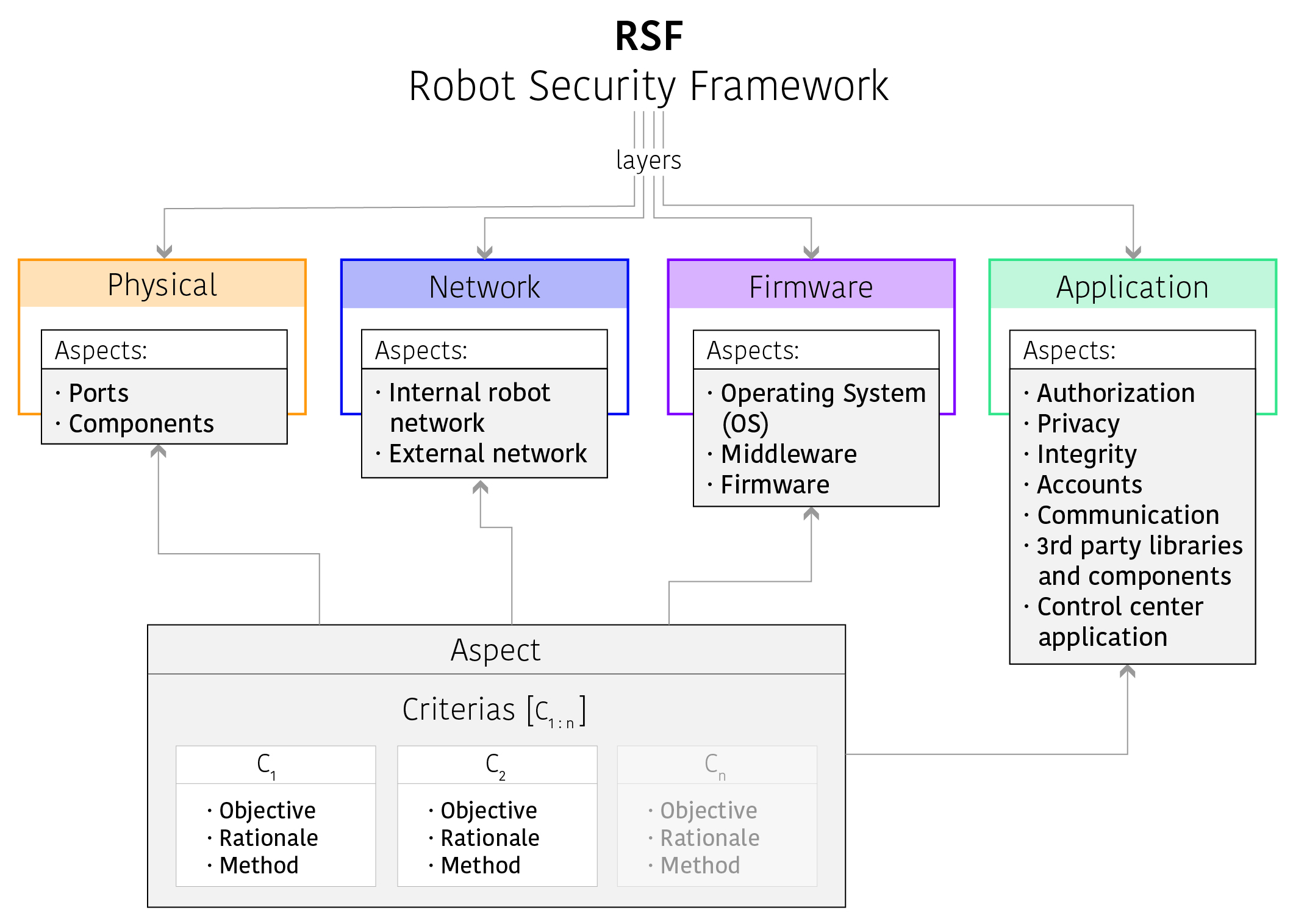Lockdoor Framework🔐 Lockdoor Framework : A Penetration Testing framework with Cyber Security Resources
Stars: ✭ 677 (+790.79%)
Mutual labels: pentesting, penetration-testing, cybersecurity
Docker Security Images🔐 Docker Container for Penetration Testing & Security
Stars: ✭ 172 (+126.32%)
Mutual labels: pentesting, penetration-testing, cybersecurity
ThecollectiveThe Collective. A repo for a collection of red-team projects found mostly on Github.
Stars: ✭ 85 (+11.84%)
Mutual labels: pentesting, penetration-testing, cybersecurity
A Red Teamer DiariesRedTeam/Pentest notes and experiments tested on several infrastructures related to professional engagements.
Stars: ✭ 382 (+402.63%)
Mutual labels: pentesting, penetration-testing, cybersecurity
Oscp Pentest Methodologies备考 OSCP 的各种干货资料/渗透测试干货资料
Stars: ✭ 166 (+118.42%)
Mutual labels: pentesting, penetration-testing, cybersecurity
Sn1perAttack Surface Management Platform | Sn1perSecurity LLC
Stars: ✭ 4,897 (+6343.42%)
Mutual labels: cybersecurity, penetration-testing, pentesting
GorsairGorsair hacks its way into remote docker containers that expose their APIs
Stars: ✭ 678 (+792.11%)
Mutual labels: pentesting, penetration-testing
Awesome OscpA curated list of awesome OSCP resources
Stars: ✭ 804 (+957.89%)
Mutual labels: pentesting, penetration-testing
SudomySudomy is a subdomain enumeration tool to collect subdomains and analyzing domains performing automated reconnaissance (recon) for bug hunting / pentesting
Stars: ✭ 859 (+1030.26%)
Mutual labels: framework, pentesting
Phishing FrenzyRuby on Rails Phishing Framework
Stars: ✭ 643 (+746.05%)
Mutual labels: pentesting, penetration-testing
Pwncatpwncat - netcat on steroids with Firewall, IDS/IPS evasion, bind and reverse shell, self-injecting shell and port forwarding magic - and its fully scriptable with Python (PSE)
Stars: ✭ 904 (+1089.47%)
Mutual labels: pentesting, penetration-testing
Active Directory Exploitation Cheat SheetA cheat sheet that contains common enumeration and attack methods for Windows Active Directory.
Stars: ✭ 870 (+1044.74%)
Mutual labels: pentesting, penetration-testing
DirsearchWeb path scanner
Stars: ✭ 7,246 (+9434.21%)
Mutual labels: pentesting, penetration-testing
EvillimiterTool that monitors, analyzes and limits the bandwidth of devices on the local network without administrative access.
Stars: ✭ 764 (+905.26%)
Mutual labels: pentesting, penetration-testing
SpiderfootSpiderFoot automates OSINT for threat intelligence and mapping your attack surface.
Stars: ✭ 6,882 (+8955.26%)
Mutual labels: cybersecurity, pentesting
WalkoffA flexible, easy to use, automation framework allowing users to integrate their capabilities and devices to cut through the repetitive, tedious tasks slowing them down. #nsacyber
Stars: ✭ 855 (+1025%)
Mutual labels: framework, cybersecurity
Eyes👀 🖥️ Golang rewrite of eyes.sh. Let's you perform domain/IP address information gathering. Wasn't it esr who said "With enough eyeballs, all your IP info are belong to us?" 🔍 🕵️
Stars: ✭ 38 (-50%)
Mutual labels: pentesting, penetration-testing
PasshuntPasshunt is a simple tool for searching of default credentials for network devices, web applications and more. Search through 523 vendors and their 2084 default passwords.
Stars: ✭ 961 (+1164.47%)
Mutual labels: penetration-testing, cybersecurity
ResourcesA Storehouse of resources related to Bug Bounty Hunting collected from different sources. Latest guides, tools, methodology, platforms tips, and tricks curated by us.
Stars: ✭ 62 (-18.42%)
Mutual labels: pentesting, penetration-testing


